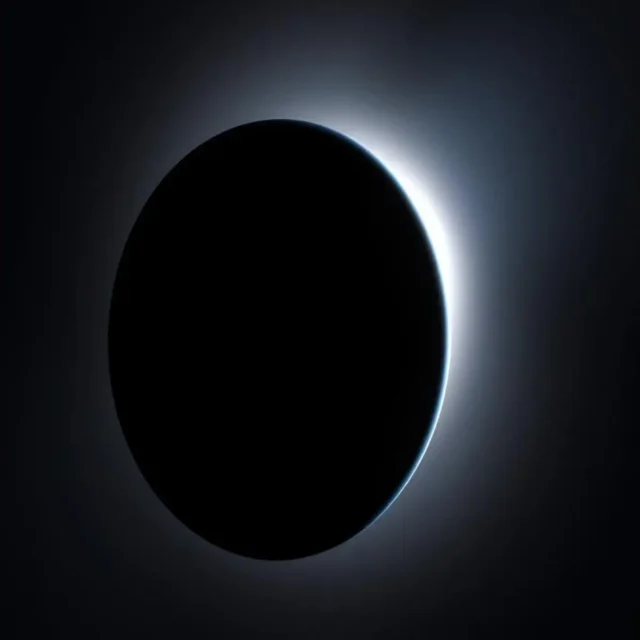A viral claim sweeping social media suggests that on August 2, 2025, the entire planet would descend into six minutes of total darkness due to a solar eclipse—an event so rare it purportedly wouldn’t repeat for another century. But in reality, NASA has categorically denied any eclipse or blackout of that nature on that date. Astronomical data confirms no such event. Here’s what actually is happening—and why the rumour took on a life of its own.
Table of Contents
The Rumour That Went Global
Over the past weeks, countless social‑media posts and sensational headlines have circulated, pronouncing that August 2, 2025 will bring a worldwide six‑minute blackout during a total solar eclipse. Some posts even claim astronomical authorities warned it’s the last such phenomenon for 100 years. This so‑called “Eclipse of the Century” narrative has drawn alarm, curiosity, and urgent fact‑check demands.
NASA’s Response: No Eclipse and No Blackout
NASA swiftly issued statements clarifying the misinformation: no total solar eclipse of any magnitude is scheduled for August 2, 2025. There will be no complete darkness, no six‑minute global blackout, and certainly no once‑in‑a‑hundred‑years celestial event on that date.
In fact, the next major total solar eclipse of significance is set to occur on August 2, 2027, though it will only be visible along a narrow path across parts of Europe, North Africa, and the Middle East, not the entire world.
There will also be a minor eclipse in September 2025, but it’s a partial eclipse, not anywhere near global blackout territory.
Why the Confusion?
1. Date Mix‑Up with the 2027 Eclipse
Many posts seem to mis‑date the real eclipse of 2027 by assuming it lands in 2025. That simple two‑year shift fueled panic around a non‑existent event.
2. Desire for Big Headlines
Total solar eclipses generate awe, wonder—and clickbait. Phrases like “six minutes of darkness” and “unseen for 100 years” make for viral content, regardless of accuracy.
3. Legacy of Other Eclipse Hoaxes
This is far from the first time dramatic solar misinformation has spread. In 2022, a hoax claimed NASA said the world would be plunged into six days of total darkness due to “space debris”—a claim scientists firmly rejected.
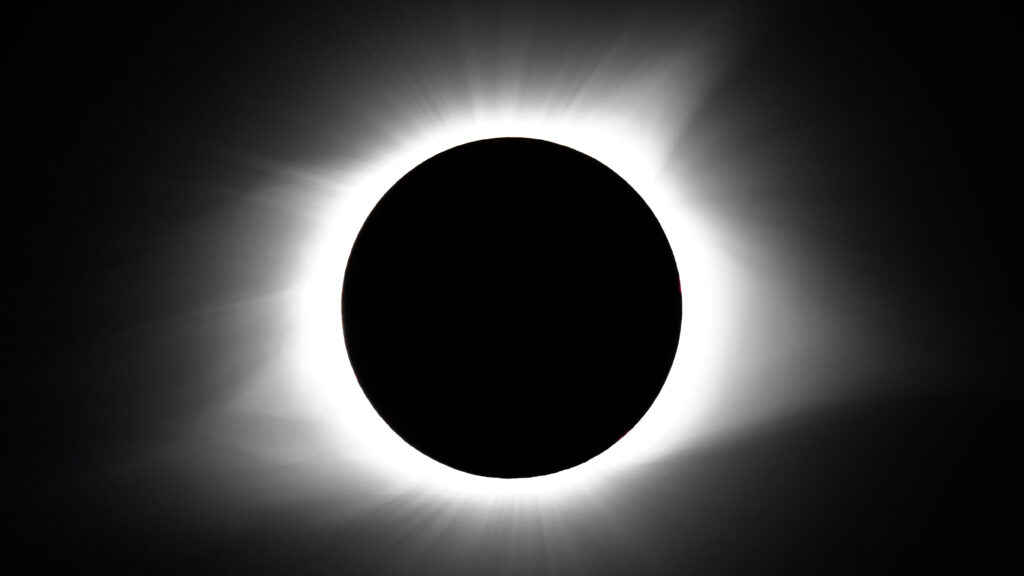
Understanding Real Solar Eclipse Science
Solar eclipses happen when the Moon passes between the Earth and the Sun, casting a shadow on specific parts of the planet. Only locations directly under the Moon’s umbra experience total darkness, and even then, totality usually lasts just a few minutes, never the entire world or six continuous minutes everywhere.
Because the Moon’s shadow moves swiftly across Earth’s surface, only a narrow strip experiences totality. Regions outside that path may notice a partial eclipse or nothing at all. Temperatures might dip slightly; animals briefly change behaviour; solar power output might dim slightly—but no global blackout occurs.
What Really Is Happening in 2025?
- September 21, 2025: A partial solar eclipse is expected. It will be visible in limited areas from southern Africa and parts of Asia down to Antarctica. It’s not dramatic, but interesting for local skywatchers.
- August 2, 2027: A total solar eclipse will cross Europe, North Africa, and the Middle East. Some locations along this path may experience up to 6 minutes of totality, making it a major event, but it remains region‑specific, not global.
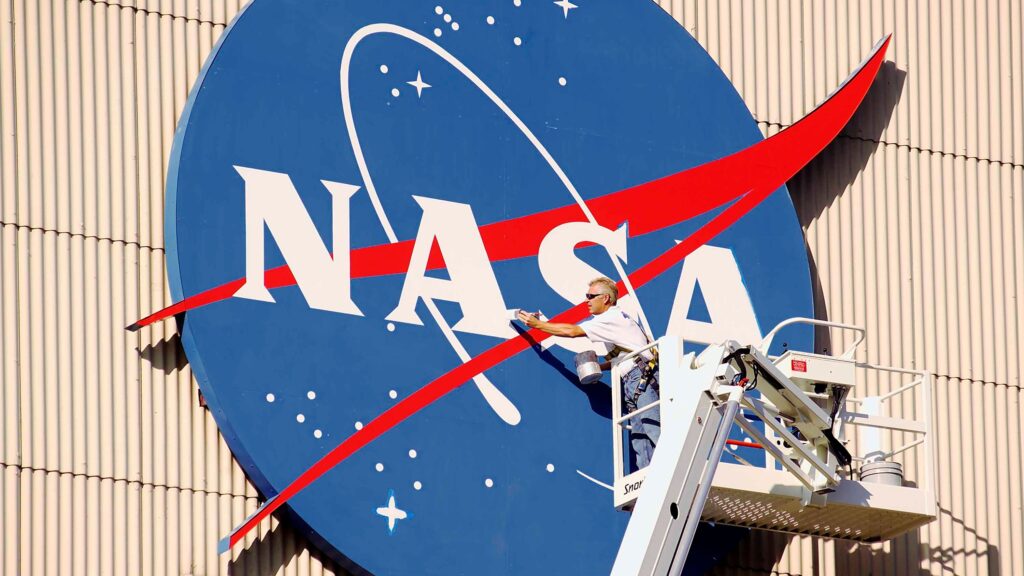
Debunking Solar Storm Panic
While misinformation around eclipses is one thing, solar storms have fueled a different kind of fear—rumours of an imminent “internet apocalypse”, caused by massive solar flares or coronal mass ejections (CMEs).
NASA has repeatedly clarified that no such warnings have been issued, nor has it declared that solar activity will cause global internet collapse in 2025. That term arose from an academic paper presented in 2021 and was never adopted by NASA or peer‑reviewed anywhere.
Yes, strong solar storms can disrupt radio communication, occasionally knock out power grids, or damage satellites, just as seen in the March 1989 geomagnetic storm that darkened parts of Quebec for nine hours. Still, that requires extreme and rare conditions, not normal solar behaviour.
NASA continues to monitor space weather, but scientists emphasise that a catastrophic global disruption is not expected in 2025. Instead, agencies encourage preparedness, improved infrastructure resiliency, and accurate public communication.
Why This Matters: The Real Impact of Misinformation
- Eroding Trust in Science
Viral falsehoods undermine trust in official sources. When NASA or reputable observers later correct the record, public understanding suffers. - Misunderstanding Risk
Alarmism about nonexistent global events distracts from real but measured threats, like limited disruptions from solar storms or planning for eclipse viewing. - Spread of Fear Through Quick Shares
Social platforms magnify sensational content. Without pause or verification, rumours become accepted—even if baseless.
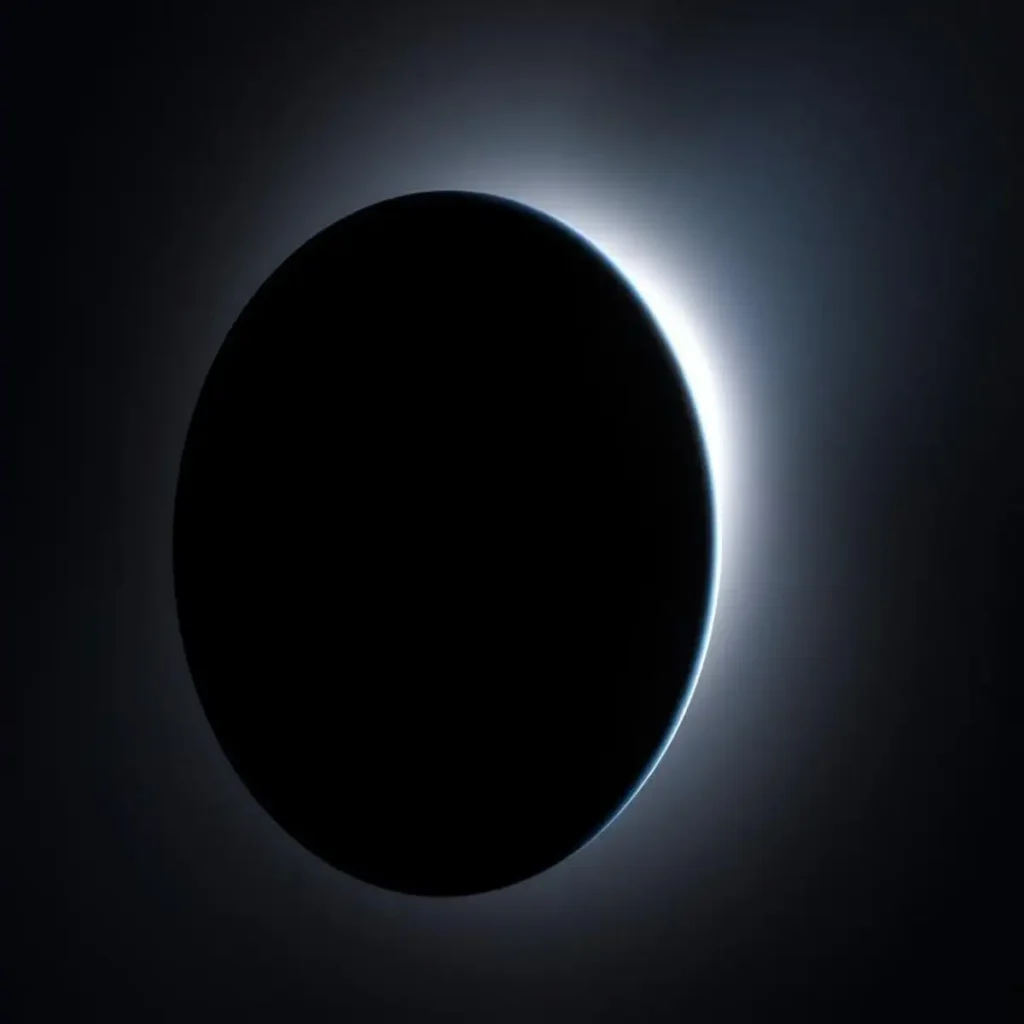
Stay Informed: Tips for Spotting Solar Fiction
| Red Flag | What to Do |
|---|---|
| Claims of global darkness from an eclipse | Remember eclipses are localized events, covering narrow paths. |
| Remember eclipses are localised events, covering narrow paths. | Check NASA or international astronomical calendars. |
| Sensational terms like never again for a century | Verify with official eclipse timelines. |
| Linked solar storms or “internet apocalypse” warnings | Consult reliable science outlets, not social shares. |
Always rely on credible sources like NASA, NOAA, ESA, and established science journals for accurate solar and eclipse updates.
Looking Ahead: Celestial Events to Watch
- September 2025: Partial solar eclipse in southern latitudes—from Africa to Antarctica.
- August 2, 2027: Major total solar eclipse across Europe, North Africa, and the Middle East—with possible totality up to six minutes—but definitely not worldwide.
- Mid‑2025 onward: The Sun continues through solar maximum. Expect occasional solar storms, high-latitude auroras, and routine monitoring from space agencies to protect satellites and infrastructure.
Conclusion
To be clear:
- No solar eclipse or global blackout is happening on August 2, 2025.
- The viral narrative is a misinterpretation and misdated version of the August 2, 2027, eclipse.
- Solar storms, while capable of local disturbances, are not a guarantee of widespread collapse, and no official “apocalypse warning” existed.
The takeaway: sensational stories can spread fast, but verified science takes time. When in doubt, check trusted authorities, ask experts, and be sceptical of exclusive claims. After all, the sky is fascinating enough without needing myths.
Join Our Social Media Channels:
WhatsApp: NaijaEyes
Facebook: NaijaEyes
Twitter: NaijaEyes
Instagram: NaijaEyes
TikTok: NaijaEyes


